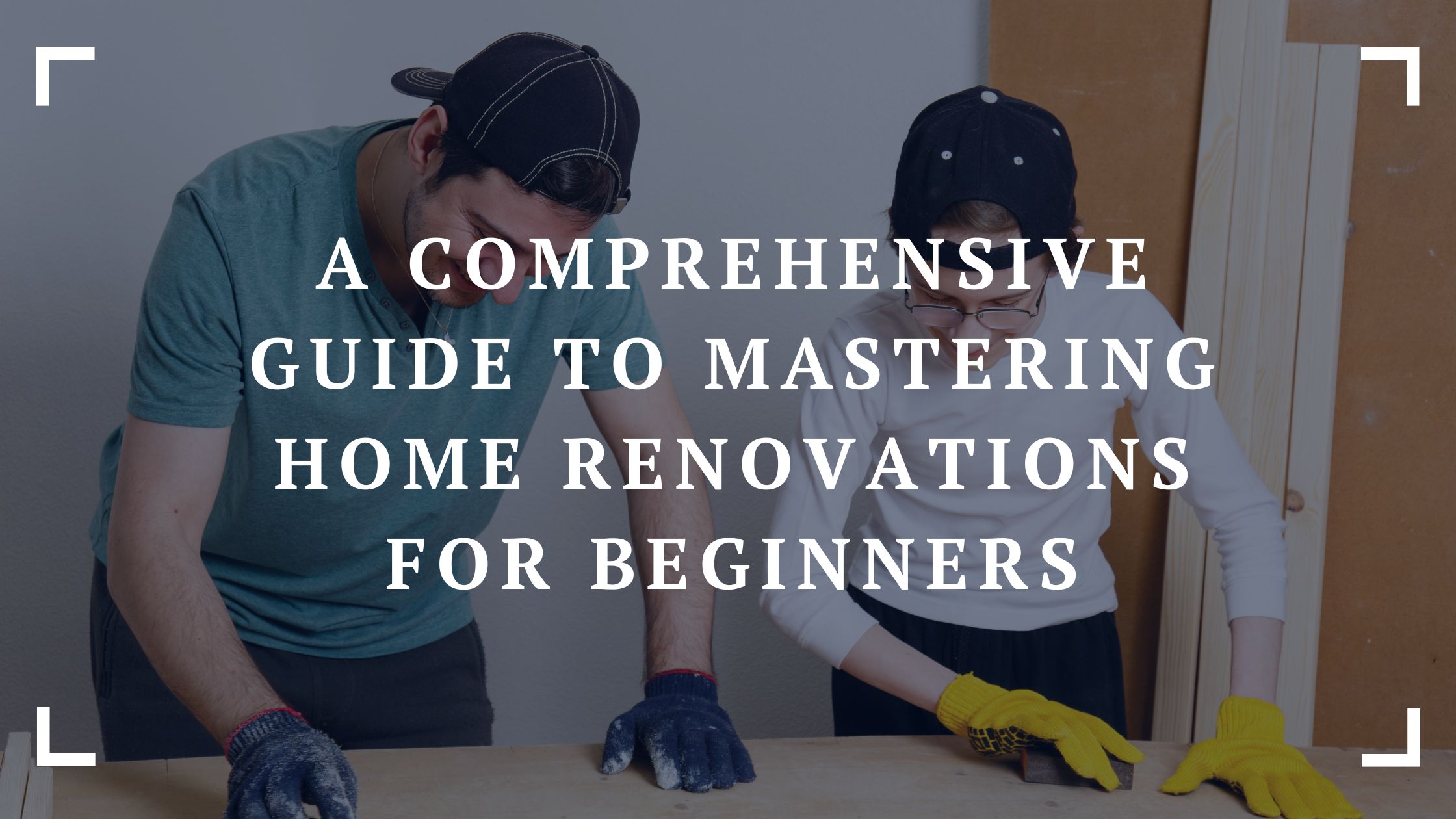Home renovation might feel daunting, but once you commit to a project, you might find the work involved surprisingly satisfying – and not quite as stressful as you might’ve expected at first. Whether you’re renovating for the first time or you’re helping a friend with their project, it’s important to know a few of the steps involved before getting stuck.

Step 1: The blueprints
Interior designers need to create and follow blueprints. It might sound like a technical term, but a blueprint is simply the term used to describe the initial drawings and plans for the building. They’re used by architects, interior designers, and professional contractors for the same purpose: to help envision a space and bring it to life.
You can start making blueprints in three steps:
- Learn how to read blueprints: Before you make your own, you’ll need to know how to incorporate the right information. Along with reading the standard scale, you’ll need to be able to understand the grid, lines, and notes.
- Visualise your design: Next, think about what your structure is going to look like. How will you make the most of the space? Try to picture the shape and layout of each room, the materials you’ll use, where you’ll put appliances, and the placement of windows and doors.
- Decide on a scale: Blueprints are essentially just scaled representations of the layout and structure of your new design. You should use an accurate and consistent scale across your blueprints and stick to it.
Step 2: Source your contractors
Finding the right builders will be essential in saving you time, money, and resources. You can easily find reputable contractors online, with the option to filter by specialism.
However, on the occasion that a contractor might unexpectedly become unavailable for reasons beyond their control, you’ll need a sturdy backup plan. That’s why it’s always recommended to have high-quality tools to hand. If you don’t have the space for a complete selection, versatile kit like the Milwaukee multi-tool helps to provide a cordless solution for a range of different tasks.
Step 3: DIY improvements
Depending on your experience, you should be able to complete at least some of the renovation work yourself or with friends and family. Some of the simplest DIY tasks include:
- Repairing taps
- Painting rooms and skirting
- Sanding down furniture
- Sealing the bath and shower
- Installing appliances
- Hanging curtain
- Replacing carpets
However, when it comes to the more complex and technical jobs – including plumbing and electric wiring – you should always seek assistance or advice from a trained professional. If you need to do any work around a gas-fired boiler or gas central heating system, it’s essential to make sure the work is only carried out by an engineer on the Gas Safe Register.
Step 4: Establish a budget
Before diving into any renovation project, it’s essential to establish a budget that includes all the necessary expenses. This budget should account for materials, labor costs, permits, and any additional unforeseen expenses. Having a budget will help you make informed decisions and prevent overspending. Remember to add a contingency fund, usually 10-20% of your overall budget, to cover unexpected costs or changes to your plan.
Step 5: Acquire necessary permits
Depending on the scale of your renovation, you may need to obtain permits from your local building authority. These permits ensure that your project complies with local building codes and safety regulations. Failing to obtain the necessary permits can lead to fines, delays, or even forced demolition of unapproved work. Consult with your contractor or local building department to determine which permits you’ll need for your project.
Step 6: Plan for waste disposal
Renovation projects often generate a significant amount of waste, including debris, old materials, and packaging. Before you start, make a plan for disposing of this waste responsibly. You may need to rent a dumpster or arrange for a waste removal service. Some materials can be recycled or donated, so consider these options when planning your waste management strategy.
Step 7: Ensure proper ventilation and safety measures
During the renovation process, proper ventilation is crucial to maintain good indoor air quality and protect your health. Open windows and use fans to circulate air, especially when using paints, solvents, or other chemicals. Additionally, make sure to use appropriate safety gear, such as gloves, goggles, and masks, to protect yourself from injury and exposure to hazardous materials.
Step 8: Communicate with your contractor and neighbors
Maintaining open communication with your contractor is vital to ensure your project stays on track and meets your expectations. Discuss your goals, preferences, and any concerns you have throughout the process. It’s also a good idea to inform your neighbors about your renovation plans. They’ll appreciate the heads-up and may be more understanding of any noise or disruptions during the project.
Step 9: Inspect and evaluate the final work
Once the renovation is complete, conduct a thorough inspection of the work to ensure everything meets your expectations and complies with local building codes. Address any issues with your contractor and request any necessary repairs or adjustments. Don’t hesitate to ask for professional help in assessing the quality of the work, especially when it comes to structural, plumbing, or electrical components.
Final thoughts
Even if you’re feeling motivated to finish your renovation within a certain timescale, it’s important not to rush the process. Skipping critical details could lead to problems and issues further down the line, so the most important thing is setting up a space that will keep you comfortable for years to come. And if you have any doubts or concerns about the technicalities of the work you’re undertaking, don’t hesitate to seek a professional opinion.


